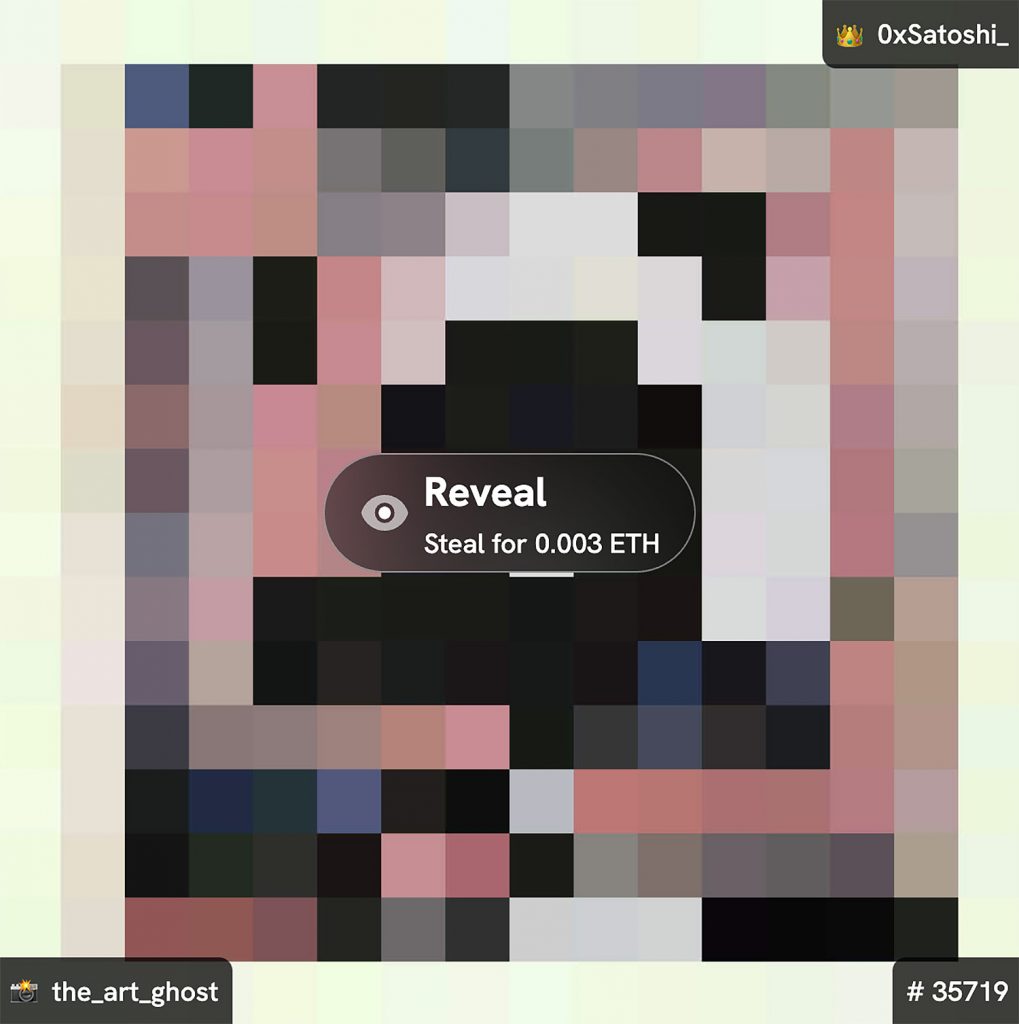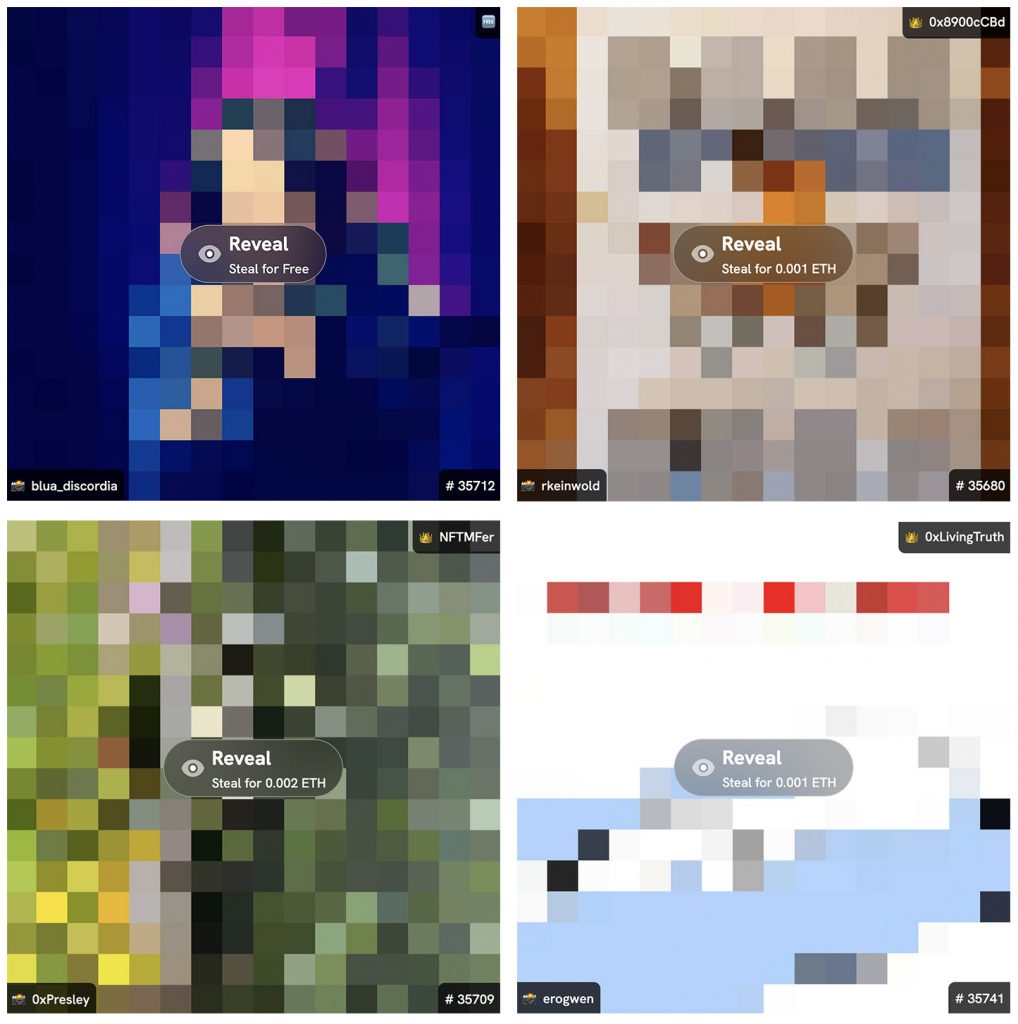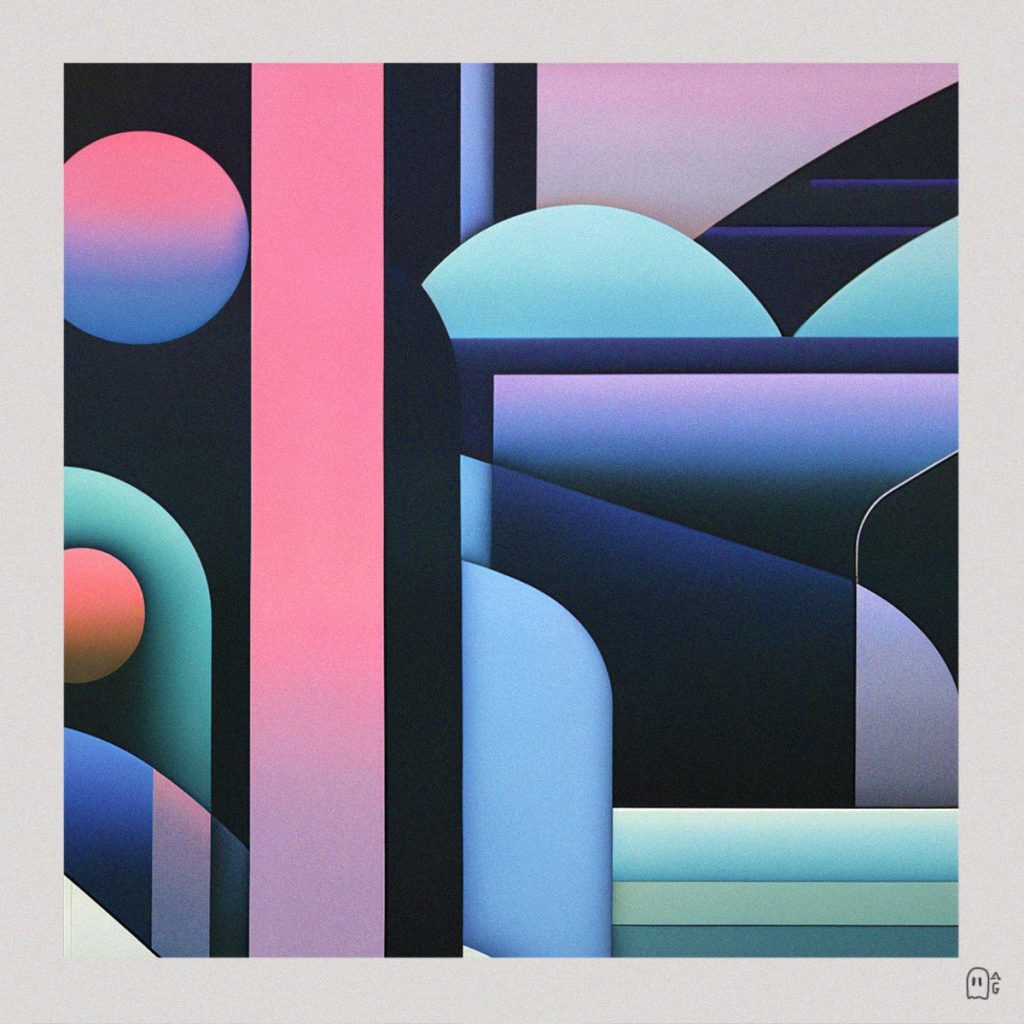NFTs
‘Gamification Is the Vibe’: How This Web3 Platform Is Turning the NFT Trading Experience Into a Playful Game of Art Theft
Stealcam asks its collectors to 'steal' NFTs from each other.

Stealcam asks its collectors to 'steal' NFTs from each other.

Richard Whiddington

Since late March, a small corner of the Web3 Twittersphere has been playing a fun and frenetic NFT trading game.
It’s called Stealcam and it goes something like this: users connect their crypto wallets to the platform and upload images or videos that instantly become NFTs. These are pixelated beyond recognition to everyone but the owner. Users are encouraged to steal NFTs from one another with the price increasing 10 percent at each forced handover.
The victim of NFT theft is repaid the price they paid with the surplus amount—call it a crypto tithe—divvied up between the image creator and the previous owner, who both receive 45 percent, and Stealcam, which claims the remaining 10 percent.
Stealcam calls its NFTs “memories” and has gained traction largely through social posting on Twitter. It’s like the brash blockchain cousin of BeReal (the social media app that asks its users to share an image of themselves at random points throughout the day), but one charged with the financial dynamics of crypto and the social dynamics particular to it. Stealcam’s tagline? “Steal to Reveal.”

Works on Stealcam by [clockwise from top-left] blua_discordia, rkeinwold, erogwen, and 0xPresley. Photo: Stealcam.
“We didn’t intent the platform itself to be commentary, although I do see where that comes from,” Racer told Artnet News. “We wanted to focus more on enabling creators than trying to be artists or creators ourselves.” One aspect of this idea is that people’s everyday moments have value, ones that can be measured in ETH.
The scene on Stealcam, as Racer described it, is made up of crypto natives, who see it as a playful extension of already established social media circles, and “net artists” who push the app to its artistic limit by toying with concepts such as pixelation and interactivity (image descriptions are, inevitably, a secret). Racer cited SHL0MS, Stealcam’s top performer, as a good example.
Stealcam just had its biggest steal ever!@SHL0MS’ #89 was stolen for $11,000 🤑 pic.twitter.com/qSFeB0CiTf
— Stealcam (@trystealcam) March 28, 2023
One of the most active artists on Stealcam is Ben DeMeter who creates abstract geometric art using A.I. models under the name ArtGhost. DeMeter came to Stealcam fortuitously, having struggled to gain traction on established Web3 platforms.
“It felt like the early days of Web3, ‘a thing’ was being built but nobody knew what to do with ‘the thing,'” DeMeter told Artnet News. “People were experimenting. Dropping sketches or practice pieces or photos of themselves wearing clothes. I saw an opportunity to do something audacious: Drop an entire collection.”

Ben DeMeter, Dunescape #6: Vapor City (2023). Photo courtesy of Ben DeMeter.
As this suggests, compared to other NFT platforms or marketplaces, Stealcam is a decidedly low-stakes, low-barrier to entry, in part due to the low prices. This extends to the art minted on the app, which Racer describes as low production quality, often in-progress, and an extension of the “underappreciated ethos”.
Activity on the Stealcam may have cooled a little in recent weeks, but Racer and Shrimp plan to expand Stealcam further by offering workarounds to crypto wallets so any artist can join. Next, Racer hopes to launch adjacent projects that tie in text, audio, or social media profiles with similar dynamics.
“Gamification,” said Racer, “is the vibe.”